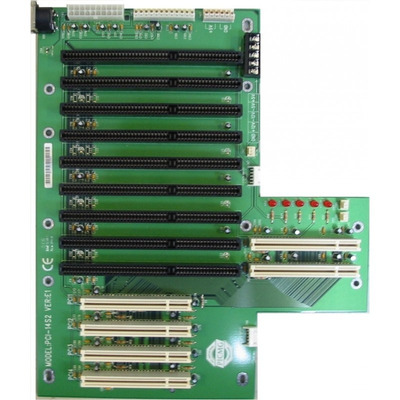First post, by JustJulião
- Rank
- Member
I got 10 VLB video cards during the last 3 years, for the purpose of testing/comparing them all one day, but I still have no VLB motherboard for now.
I'd like to get the most out of the cards.
The most straight forward way seems to be using them on a good SiS 471 chipset board with 512kb of cache and a POD CPU. I know about socket 4/5 motherboards that support VLB but they seem to be rare.
I'm curious about SBCs though. There are newer VLB SBCs (socket 7, 370...). Should I assume that it would work when paired with a VLB video card on a multiple VLB backplane ? I know that VLB bus is tied to the 486 architecture, but just like ISA was still supported long after it was physically removed from consumer boards, it's not totally unlikely that the implementation of the VLB bus remained in more recent chipsets, is it?
I've found nothing in chipsets' datasheets I came accross but ISA isn't always mentionned either, even when supported, so it's not a clear "no" to me.
